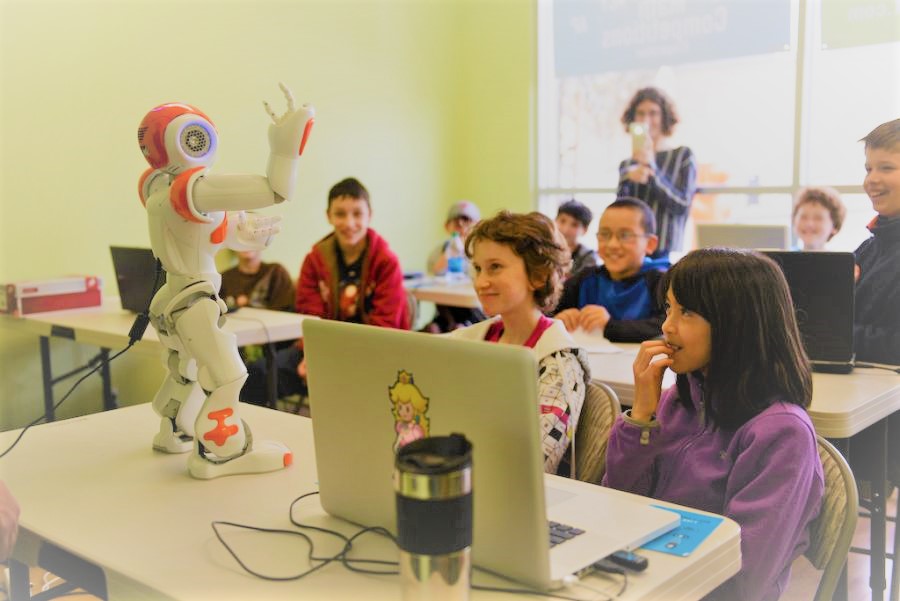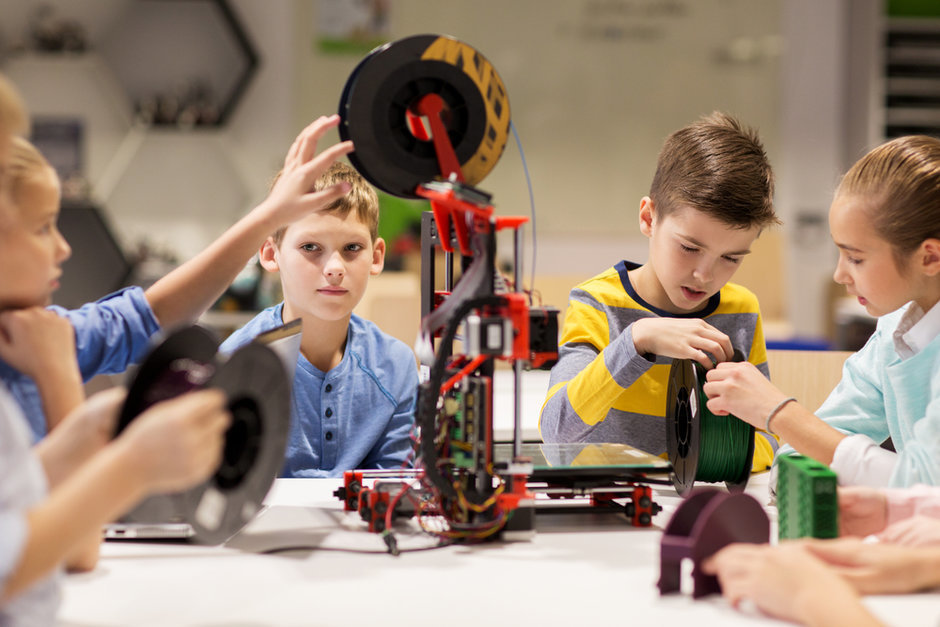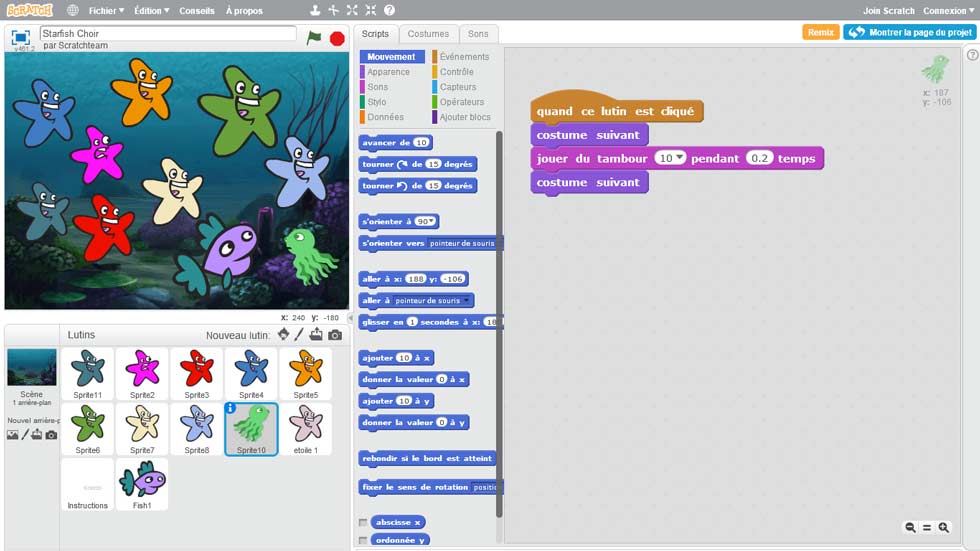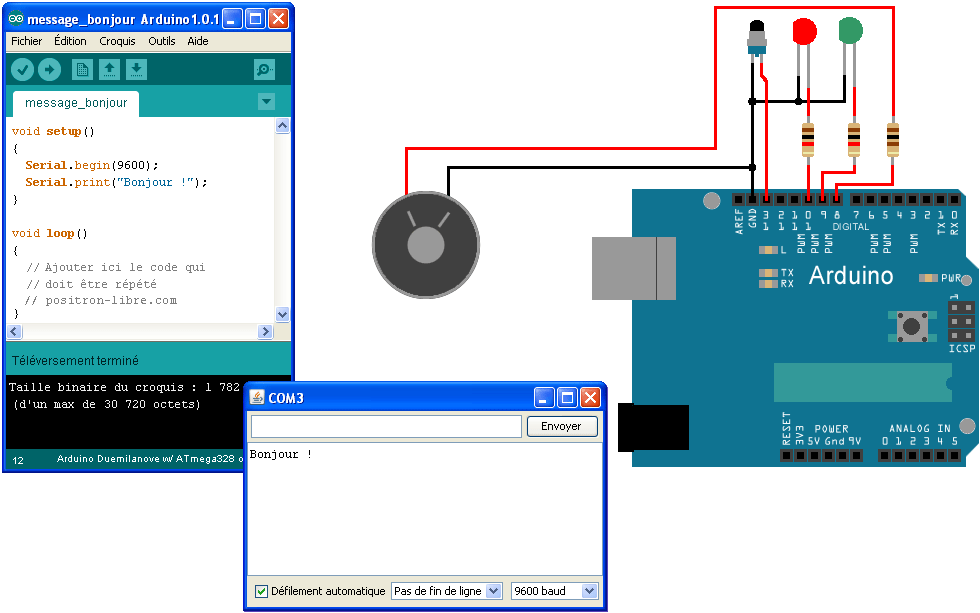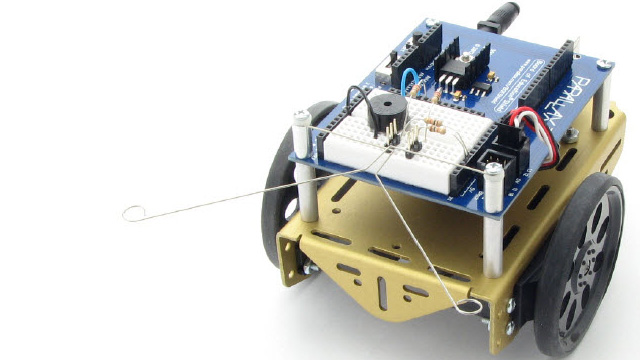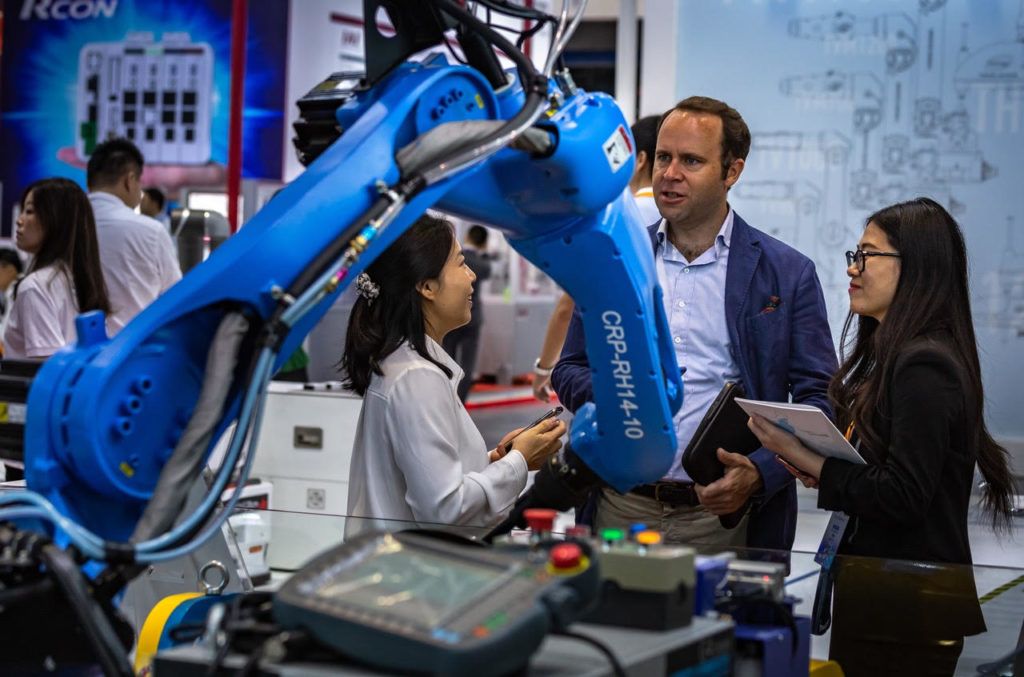Building robots is one thing, but it takes skilled people to design them. The role of the robotics engineer is to direct the design and construction of prototypes before mass production can take place.
![]()
Robots can be installed everywhere: in factories, hospitals, cars, trains, power plants, homes, gardens, etc. It also requires engineers specialized in maintenance and bringing together skills of assembler, mechanic, electrical engineer and automation engineer (electronics + programming).
You are passionate about robotics and perhaps you have already followed an initiation by consulting websites and by using Arduino boards and robotic kits for example…
Good!
You now want to go further, make it your job, rub shoulders with robots every day …
Why not?
Here is a 12-step guide filled with tips and links to free courses to start your career as a robotics engineer.
Learn The Theoretical Basics
1. Practice Basic Coding To Be Able To Program Your Robots
Coding is a fundamental part of robotics and you must know how to use variables, implement conditional statements, use functions and write new ones. Choose a programming language and study it yourself or take coding lessons to improve your knowledge.
The Arduino development environment allows you to get started easily to familiarize yourself with the instructions in C.
See at https://www.arduino.cc/en/Main/Software.
The most popular coding languages for robotics are Python, C and C ++.
Coding Resources
- Begin and learn coding: https://mooc-francophone.com/cours/apprendre-a-coder-pour-les-vrais-debutants/
- Learn to program in C: https://openclassrooms.com/fr/courses/19980-apprenez-a-programmer-en-c
- Program in C ++ language: https://openclassrooms.com/fr/courses/1894236-programmez-avec-le-langage-c
- C ++ course by Patrick Trau: http://ptrau.free.fr/program/cpp/
Lessons and tutorials to learn C ++: https://cpp.developpez.com/cours/
- Learn the Python programming language: https://python.doctor/
- Lessons and tutorials to learn Python: https://python.developpez.com/cours/
- Python: https://www.coursera.org/specializations/python
2. Learn Linear Algebra
Basic algebra is essential both to program a robot and to refine its code. Take algebra lessons in high school and college, or study algebra yourself to strengthen your math skills.
If you have problems with math and are still a student, ask your math teacher for help. Many schools also have math help labs to teach key concepts to exceptional students.
Math clubs also exist to “reconcile students with math” (bridge workshops, chess, cryptography, games, graphs…).
Math Resources
- Online course: https://fr.khanacademy.org/math/linear-algebra,
- http://www.mathematiques.club/,
- http://culturemath.ens.fr/category/generalites-270,
- http://www.maths-buc.fr/,
- http://www.parimaths.fr/,
- http://www2.animath.fr/spip.php?article2706,
- https://mmi-lyon.fr/?site_club=club-de-mathematiques-discretes,
- Finished sequences and differences (pdf).
3. Study Physics
Building robots involves understanding how your robot moves and interacts with the outside world. If you haven’t taken a physics course yet, sign up for an online program or learn the basics of physics on your own.
Many web-based institutions, such as KhanAcademy and The Open University, offer courses in physics, math and even computer science for free.
Physics Resources
- Online course: https://fr.khanacademy.org/science/physics.
4. Study IT
Robotics is closely linked to computer science and a good understanding of the latter is essential for learning the former. Study computer science to acquire basic skills and try to keep up to date with articles or websites on computer science.
Many community colleges offer online or in-person computer classes at a reduced cost, even if you don’t sign up for a program.
Computer Resources
- Data and algorithmics: http://ptrau.free.fr/program/algo.htm,
- Infographic: http://ptrau.free.fr/program/infogr.htm,
- Online course: https://www.khanacademy.org/computing/computer-science,
- https://www.college-de-france.fr/site/audio-video/index.htm and do a search with the keyword IT and check the course section,
- Example of a computer course by Gérard BERRY at the Collège de France: https://www.college-de-
- france.fr/site/gerard-berry/course-2018-12-13-16h00.htm ,
- Search the web with Ecosia: https://www.ecosia.org/search?q=apprendre+le+codage+informatique.
Websites Offering All Disciplines
- http://www.open.ac.uk/,
- https://www.coursera.org/,
- https://fr.khanacademy.org,
- https://www.college-de-france.fr/,
- https://openclassrooms.com/fr/courses.
Develop Your Robotics Skills
5. Build Your First Robot Using A Kit Or By Designing It Yourself
You can buy robots online or at many electronics stores. Start with simple robots. As your experience progresses, move on to more complex patterns over time.
Once you have acquired basic robotics skills, purchase a construction kit and build your robot using coding, math and manual DIY based on the instructions in the kit. You can also create your prototypes using parts and tools available in most hardware stores or purchased in DIY or model stores.
![]()
6. Take Robotics Lessons
While studying robotics yourself is useful, robotics lessons can teach you advanced techniques. Ask your local colleges or associations if they offer robotics lessons or sign up for an online course to develop new robotics skills.
Robotics Course Resources
- https://openclassrooms.com/fr/courses/4262331-demarrez-votre-projet-avec-python
- https://www.khanacademy.org/science/electrical-engineering/robots
- https://www.khanacademy.org/science/electrical-engineering/lego-robotics
If you don’t have time for a robotics class, try reading books or articles on robotics and books on drones instead.
7. Join A Robotics Club
To share your passion with others and receive advice, joining a club, a fablab or an association is a good solution. Robotics is not just a hobby. If you want to build robots with other people, this can also be a way to build lasting friendships. Join the robotics club of your school or your municipality or the neighboring city to share your hobby with other people and learn new ways to build robots.
If you can’t find a robotics club in your area, consider setting up your own.
8. Take Part In Robotics Contests
When you are ready to present your projects and you have learned to program basic robots, enter your inventions in a local contest or in a big robotics contest. No matter how you do it, robotics competitions can be a great way to test your robots and learn how to improve them.
If you are not comfortable entering a competition, you can always attend first. You can not only get an idea of what robotics competitions look like, but you can also find inspiration for your own robots by looking at all forms of competitions.
Study Advanced Robotics
9. Learn Trigonometry And Statistics
While linear algebra is enough for basic robots, you may need to learn advanced math to build complexes. Study trigonometry or statistics yourself, or take a course online or at a local college.
If you have trouble with advanced math, ask other robotics enthusiasts for advice. Perhaps they can make the connection between math and the skills you know and understand to make it easier to learn new concepts.
10. Study The Robot’s Operating System To Customize Your Projects
The robot operating system (ROS) is the most common software for designing robots. If you want to create your own complex robots without the help of a kit or guide, learning to use ROS can help you program your creations.
The use of ROS requires mastery of a coding language, preferably C ++ or Python. Before downloading the ROS, first think about improving your programming skills.
You can also take a course on ROS online or at some colleges to learn more about the software and clarify any questions.
Advanced Robotics And ROS Resources
- https://www.gdr-robotique.org/cours_de_robotique/
- https://www.gdr-robotique.org/cours_de_robotique/online/Serhrouchni_ROS_TP/Serhrouchni_ROS.pdf
- https://www.gdr-robotique.org/cours_de_robotique/online/Serhrouchni_ROS_TP/TP_Serhrouchni_Rob-Eddie-ROS.pdf
11. Obtain A Degree In Robotics Engineering
In Canada, the University of Sherbrooke offers a Bachelor in Robotics Engineering. See on the university website the official version of this program.
If you want and if you are serious, this course can teach you how to design and repair complex robots.
In France, the training titles look more like this:
- Industrial Maintenance Technician (Bac level),
- Mechatronics and Robotics training,
- Robotics Technician,
- Professional license – Robotics and automation,
- Engineering diploma in robotics
- Research with the orientation-pour-tous.fr site: robotics training
12. Become A Robotics Engineer
If you develop a passion for your hobby, robotics engineering is a career that involves the design and creation of robots. To become a robotics engineer, most companies recruit with a Bac + 5 in robotics engineering or in a related field of engineering.
Related fields of study include mechanical engineering, electrical engineering, and biomedical engineering.
The tasks of robotics engineers include designing and testing robots, debugging codes, maintaining or repairing robots, and integrating robots into electronic devices.
Conclusion
Developing robotics skills takes time, effort and dedication. If you’re having trouble learning the basics at first, don’t give up. Continue to practice your weaknesses until they become strengths.
Learning to code is one of the most important skills for building and programming robots. Before taking a robotics class or building your first robot, practice basic coding in a popular language like Java, C ++ or Python.
